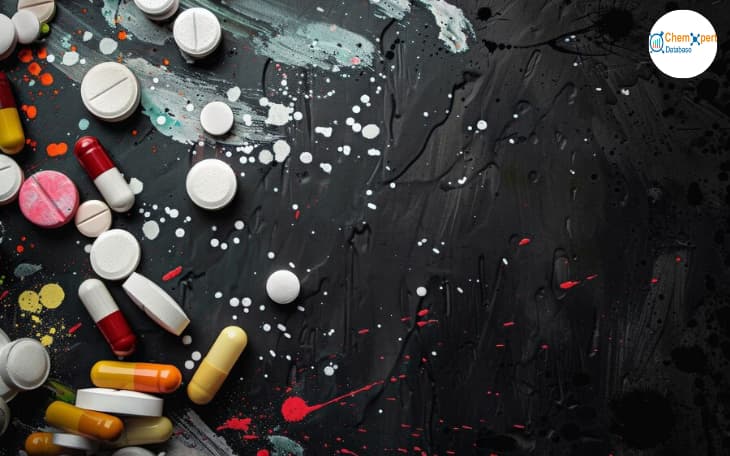
Active Pharmaceutical Ingredients (APIs) are that part of any medicine that creates the pharmacological effects of that medicine. Protection of APIs is significant for treatment efficacy and not only for patients’ safety, and compliance with the necessary measures. Explaining the current views on API safety and risk analysis, trends, solutions, and tips, this blog concentrates on the most relevant issues.
API safety and risk assessment is related to the identification and assessment of the risks that are linked with different stages during their development, production, distribution and utilization. This means that it is important to adhere to appropriate safety measures and management of risks with a view of avoiding contamination, compromising on quality production as well as the heath of patients.
1. Contamination Risks: APIs are known to be affected by some form of contamination during production, storage and handling. Some of the possible contaminants of oil may in the form of microbial impurities or chemical residues, etc. This can ‘neutralize’ the drug and may have several adverse health implications for the patient.
2. Variability in Quality: APIs may be of better quality or of the poor quality; this is due to the raw materials used in the production, the manufacturing process and the control measures in place.
3. Complex Manufacturing Processes: The combination of API’s usually involves combining several chemicals that need to undergo through certain conditions that cannot easily be controlled.
4. Regulatory Compliance: Meeting international rules and regulations and following them could be extremely difficult as in the case of the FDA, EMA, and ICH. For the purpose of safety and efficacy the APIs must follow compliance to eliminate legal problems.
5. Emerging Risks: New technologies for example, biotechnologies, nanotechnologies, raise new types of complexities, as well as the possible risks. Such are new chemicals and their interactions, some stability problems, and kinds of interactions not yet studied.
1. Good Manufacturing Practices (GMP): It is mandatory that the GMP practices are followed in order to guarantee the safety of APIs and their quality. Some of these areas include clean-ability of the facility and equipment, equipment calibration, and training of personnel who handle products.
2. Quality Control and Assurance: Strict compliance with the high levels of quality control and quality assurance is important. This is incorporated in multiple activities such as API testing and validation at raw material, in process and finished products to identify defects.
3. Robust Documentation: Documentation of different stages of APIs is done and this assists in managing the risks throughout the API lifecycle. This is well documented records of manufacturing process steps, quality control check, acceptance, etc.
4. Vendor Management: There is also a need to ensure that the suppliers offer quality works and products. It is also important to conduct efficiency and effectiveness checks on the vendors to determine other risks that could be inherent on the supplied materials or services.
5. Stability Testing: Stability testing under different conditions helps in explaining how APIs will respond at different time in the future. This is particularly important in forecasting the shelf life and the effectiveness as well as possible deterioration of products.
6. Training and Education: Performing training for the personnel who get involved in production as well as handling of APIs should take caution on what they come across, updates on the new threats and technologies in the environment are also something that needs to be carried out continuously for the organization.
As the pharmaceutical industry evolves, several trends are shaping the future of API safety and risk assessment:
The utilization of API safety and the understanding of risk assessment is very significant to give proper safety to the API’s and adequate effectiveness to the pharmaceuticals. Through the identification of crucial issues, the assimilation of top standards, and appropriate risk assessment measures, dangerous risks can be neutralized, and patient well-being can be maintained. Since the technologies and practices will be developing in the future, it is crucial to stay updated regarding these novelties in order to prevent the reduction of API safety and manage risks more effectively.

Sick and tired of always wondering if you are being asked to pay the right price for your APIs? This empowers you with the answers you need to make the right decisions in the Global API market.
Chemxpert Database is one of the biggest and most comprehensive directories of pharma and chemicals, manufacturers, suppliers and information. Provided with current information on prices, demand and transactions, it gives you instant feedback on whether you are buying what is right and at the right time.
Start using market intelligence today and allow yourself to be in control in the API market.
Check it out today and make more informed sourcing decisions! Learn More!